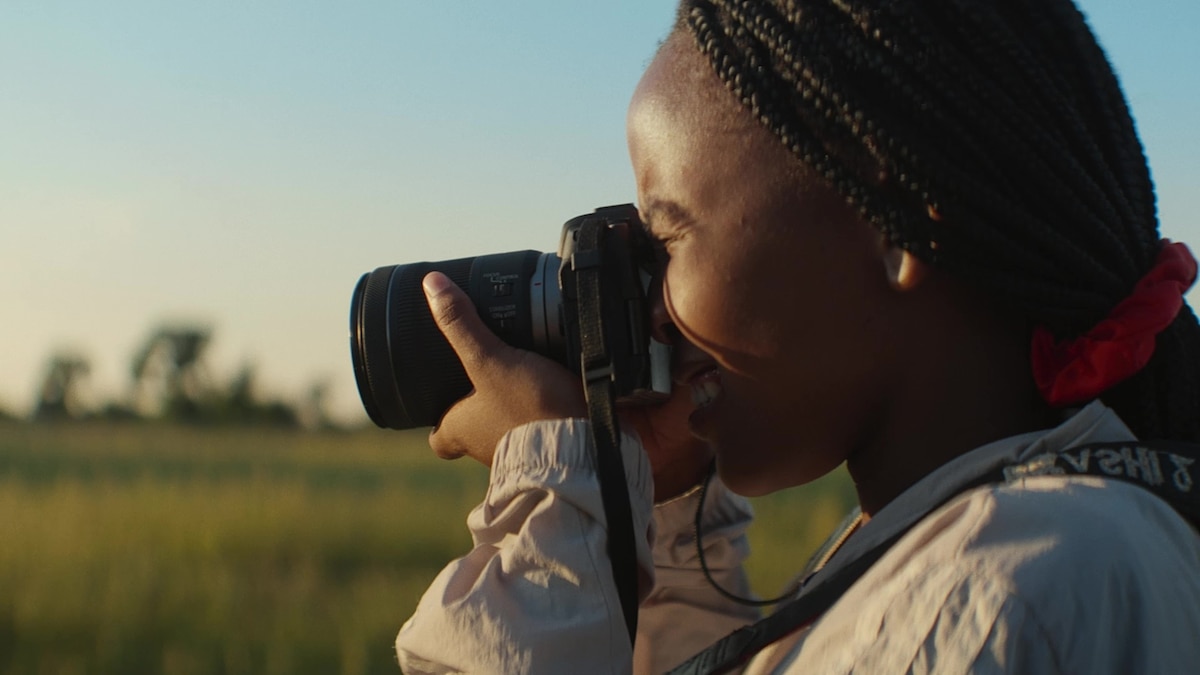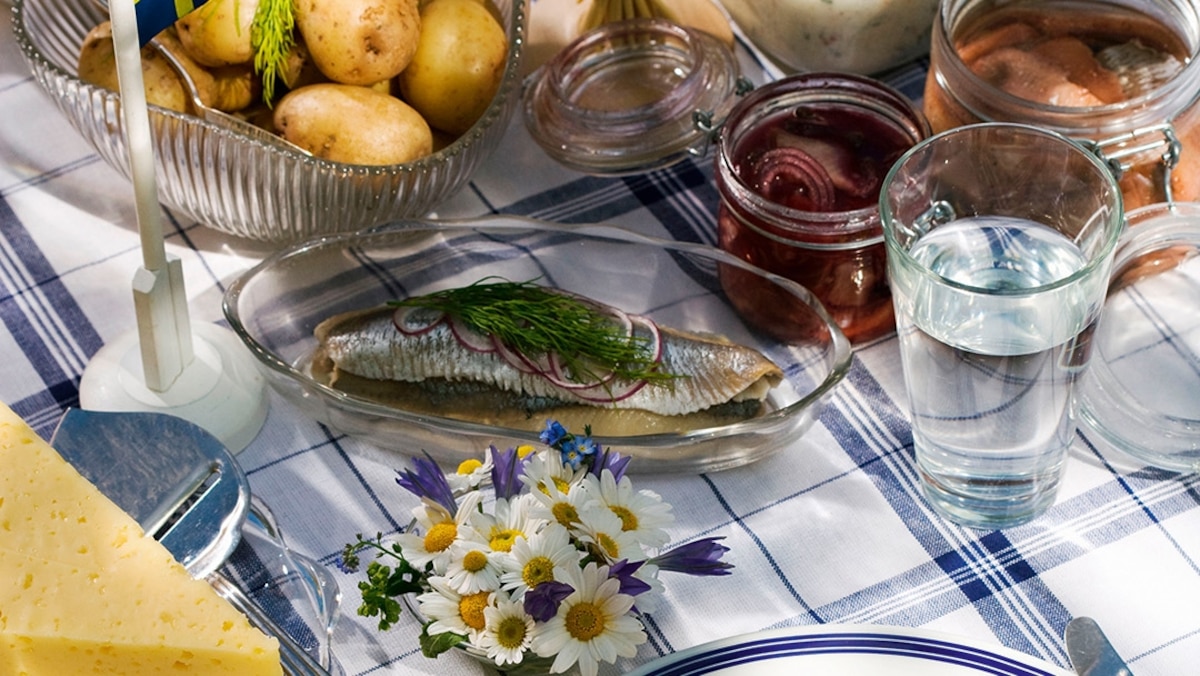Now Reading: 50 Years of ‘Jaws’: Martha’s Vineyard Locals Share Reflections
-
01
50 Years of ‘Jaws’: Martha’s Vineyard Locals Share Reflections
50 Years of ‘Jaws’: Martha’s Vineyard Locals Share Reflections

Speedy Summary
- Jaws,directed by Steven Spielberg,premiered on June 20,1975,and revolutionized cinematic history as the first true summer blockbuster.
- It was filmed on Martha’s Vineyard in New England,which became widely recognized after its release. The island’s character and scenery were key elements of the movie’s success.
- Stories from locals involved in the production highlight challenges such as faulty animatronics (Bruce the shark),long workdays,and accidents involving boats during filming. Despite setbacks, a “perfect creative storm” lead to Jaws becoming iconic.
- Highlights include Jeffrey Kramer’s acting experiences due to animatronic failures, food fights among crew at local hotels recalled by Jean Wong, and tales of local extras braving cold water shared by Bow Van Riper.Harbormaster Charlie Blair recounts managing boats when production faced water-related difficulties.
- Martha’s Vineyard residents continue to experience jaws-related tourism tied to locations showcased in the film like “Jaws Bridge.” The filmmaking legacy remains inseparable from the island itself.
- Erica Ashton of Martha’s Vineyard Chamber noted that while sharks are predators featured centrally in Jaws, filmmakers regret painting them more fearsome than intended.
Images:
1) Iconic “Jaw’s Bridge” where locals jump off into waters during summers [Photograph Matt Cosby].
2) Sketches detailing underwater cage scenes drawn by designer Joe Alves [Photograph Joe Alves/Greg Nicotero Archive].
3) A great white shark attacking underwater cage-scene from Jaws [universal Studios Image].
Indian Opinion Analysis
The story of how Jaws transformed Martha’s Vineyard highlights an intriguing interplay between cinema and local communities globally. For India-a nation with a rich film culture-it underscores how films can elevate specific locations into international tourist destinations or cultural hubs (e.g., Rajasthan post-Bollywood depictions).Such transformations also come with challenges like preserving heritage amidst growing commercial tourism demand.
From India’s outlook on storytelling techniques: despite technical constraints (like a malfunctioning animatronic), Spielberg leveraged creativity through music, editing, and resourcefulness-a hallmark pertinent for Indian filmmakers exploring high-budget productions or complicated themes.
one lesson pertinent for India is balancing narrative focus with ethical messaging-for example ensuring depictions don’t excessively vilify natural phenomena or species akin (to critiques levied against Jaws regarding sharks)-promoting nuance even within dramatic settings.
























